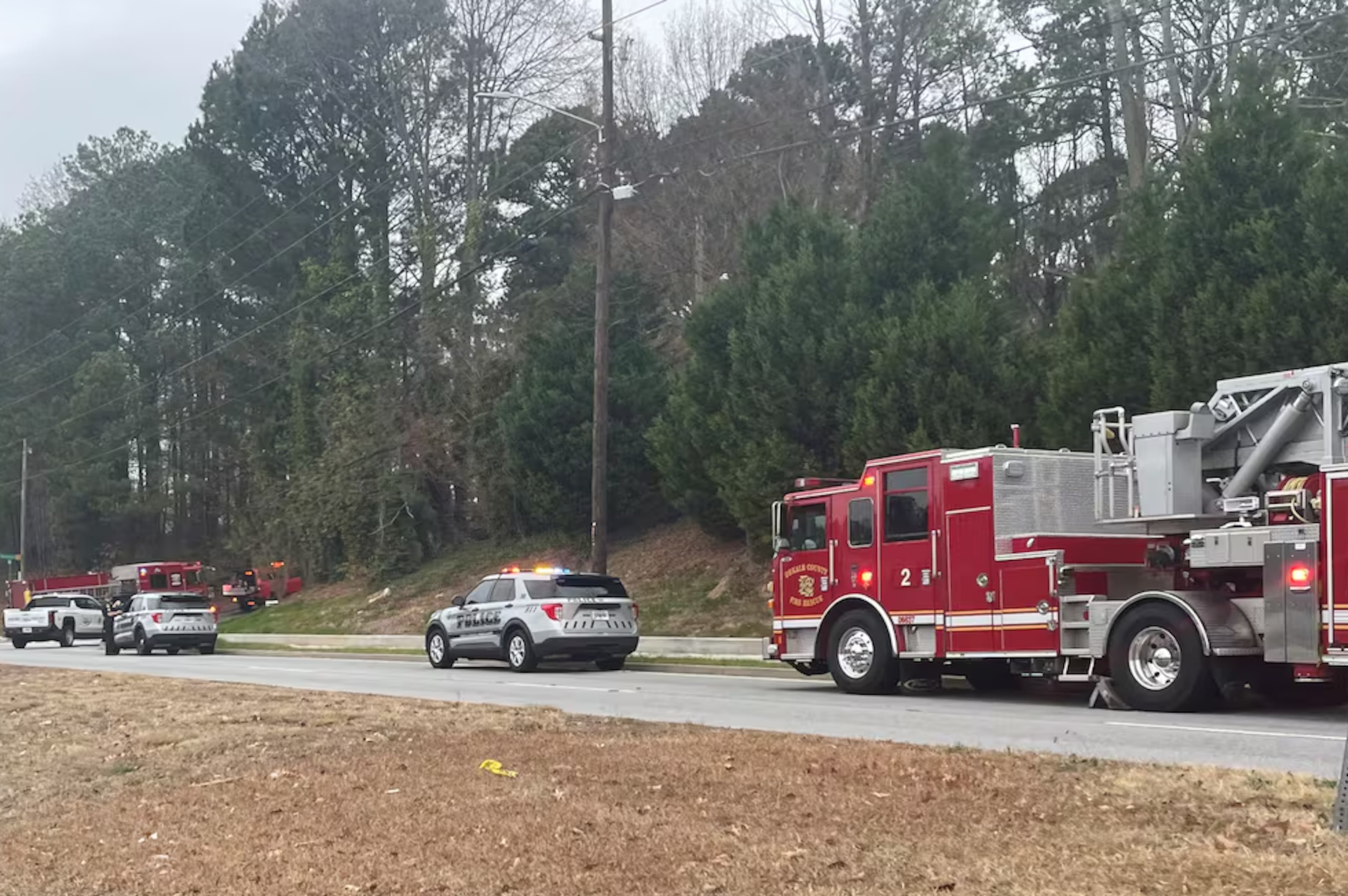Civil war author shows Carter family history of center’s land

Jimmy Carter and a couple dozen of his family members were trooping like good soldiers up an incline on the grounds of the Carter Center on the heels of historian Steve Davis, who was anxious to answer the President’s questions about what happened there during and after the Battle of Atlanta in July 1864.
Carter quickly learned that the Copenhill area where the Center sits was in the thick of the action. Union Gen. William T. Sherman’s headquarters were nearby. Shells were flying. When Sherman’s pal Gen. James McPherson was shot by a Johnny Reb, his body was brought there.
The President’s staff had contacted Davis, author of “What the Yankees Did to Us: Sherman’s Bombardment and Wrecking of Atlanta,” cited as one of the most thoroughly researched tomes on the battle, published earlier this year by Mercer University Press because Carter wanted to know more about the grounds.
Davis is familiar with streets, hills and ravines that existed then, but don’t look the same now. He has maps from the 1860s. The Carter Center site has morphed from suburb to a site that was razed to make way for Freedom Parkway.
“Someone called me and said the President and First Lady were impressed and would have me over for their monthly family dinner,” Davis said. “As we stood in his office before walking through the parking lot, he told me that he was accustomed to looking out his big picture window and telling folks that Sherman’s headquarters during the battle of Atlanta were out there in that yard.”
Said Davis: “Mr. President, you may have to reorient your perspective.”

Sherman’s headquarters were on the grounds but not where Carter thought. The president also was interested in the location of the Augustus Hurt home, used by Sherman during the battle.
State Sen. Jason Carter, D-Candler Park, was in the crowd with his family of history buffs and enjoyed Davis’ presentation.
“Everybody was excited. He showed us exact locations. It was cool,” said the younger Carter.
Davis speaks often for free to various groups, including gatherings at the Atlanta History Center. Gordon Jones, senior military historian, said the Davis book is full of “groundbreaking research” and “speaks to a man driven by a passion for his subject” and not money.
He’s even spoken to a class of architecture students at Georgia Tech. Professor Laura Hollengreen said she found Davis’ book “a treasure trove of information” about the effects of the battles around Atlanta on landscapes and buildings, and invited him to speak.

“His encyclopedic knowledge of the history of the war and the city … makes his work tremendously informative and useful,” she said. “We learned a lot about the history of the part of Atlanta that is now the Georgia Tech campus, which sat right between Union and Confederate front lines.”
His work is inspiring enough, she says, to make the students better architects.
“I’ve been fascinated to learn that the very ground we tread at Tech every day was near the various fortifications,” she said.
After Davis gave his lecture, with slides, to the Carter family, the President asked Amy Carter to make sure Steve and his wife Billie were given barbeque and potato salad. And Davis got a hand-written thank-you from Carter.
Learn more


